Maxilla, malocclusion and tongue posture
This blog is about the maxilla, malocclusion and tongue posture. I have to start with a disclaimer: I am by no means an expert or professional on the subject of teeth and dental hygiene. So the sources that I read could be questionable, but they made sense to me, so I am willing to try some of the tips I have read.
Malocclusion
I suffer from a bit of malocclusion and I’ve suffered from that a long time now. Malocclusion is the state in which the teeth of the jaws don’t properly allign, which causes tension on the chewing muscles and may even lead to migraine and feelings of being exhausted (because you’re adjusting and pressing all the time).
One of the causes in my case is that I used to be a thumb sucker when I was little. Sucking on your thumb potentially messes up your tongue posture, which can lead to a narrow palate, which in turn can lead to malocclusion. A narrow palate also might influences your posture. From what I’ve understood, since it causes difficulty breathing people who have a narrow palate tend to tilt their heads a bit up in order to ease breathing. I have done that and it weakened my shoulder posture and my abdominal muscles. In a lot of people, mouth breathing seems to be the consequence of having a narrow pallate as well.
Mouth breathing
One of the disadvantages of having a narrow palate is that something just looks off. You will have to put effort into closing your mouth and there is a lot of tension on the chin and jaw muscles that shouldn’t be there. It can also result in a long face syndrome, which means that the maxilla (the upper jaw bone) has grown downwards too much, instead of slightly protruding.

On the above picture, you see the pictures of two sisters. As the story goes, they were told by their dentist a couple of years before these pictures were taken to stop breathing through their mouths and to start breathing through their noses instead. Also, he taught them a better way to swallow. A few years later, pictures (see the image above) were taken of the two sisters. The sister on the left had followed the advice of the dentist while the sister on the right was complacent about following the advice. The maxila of the sister on the right seems to have grown vertically a bit out of proportion. She has to tense her chin muscles and really make an effort to close her mouth. It doesn’t look comfortable, pretty or good at all. I feel for her, because I share her problem. Through trial and error, I would like to find a solution to this problem.
Tongue position
As professor John Mew tells us in this video our prehistoric ancestors used to have a different stance of the tongue than most of us have to day. Their tongues used to touch the palate of their mouths. I have allready tried this. What I’ve noticed so far:
- immediate change in posture. Automatically, my shoulders are naturally set aback a bit.
- more pressure on my abdominal muscles. That is a good thing I think, since the physiotherapist used to say that my posture was bad, because I didn’t put enough pressure on my abdominal muscles
- more extending and moving of the diaphragm and ribs while breathing and the feeling as if more air flows into my lungs. While when mouth breathing, belly breathing is also easier.
- difficulty breathing through my nose. I guess I am a mouth breather after all. It feels my sinuses are not completely open. Would that be a potential cause of starting to become a mouth breather? This is uncomfortable, but I won’t give up.
Through a tongue position in which my tongue rests on the palate of my mouth, I hope to get a little bit broader upper palate. This will hopefully resolve some of the issues I have with my jaws.




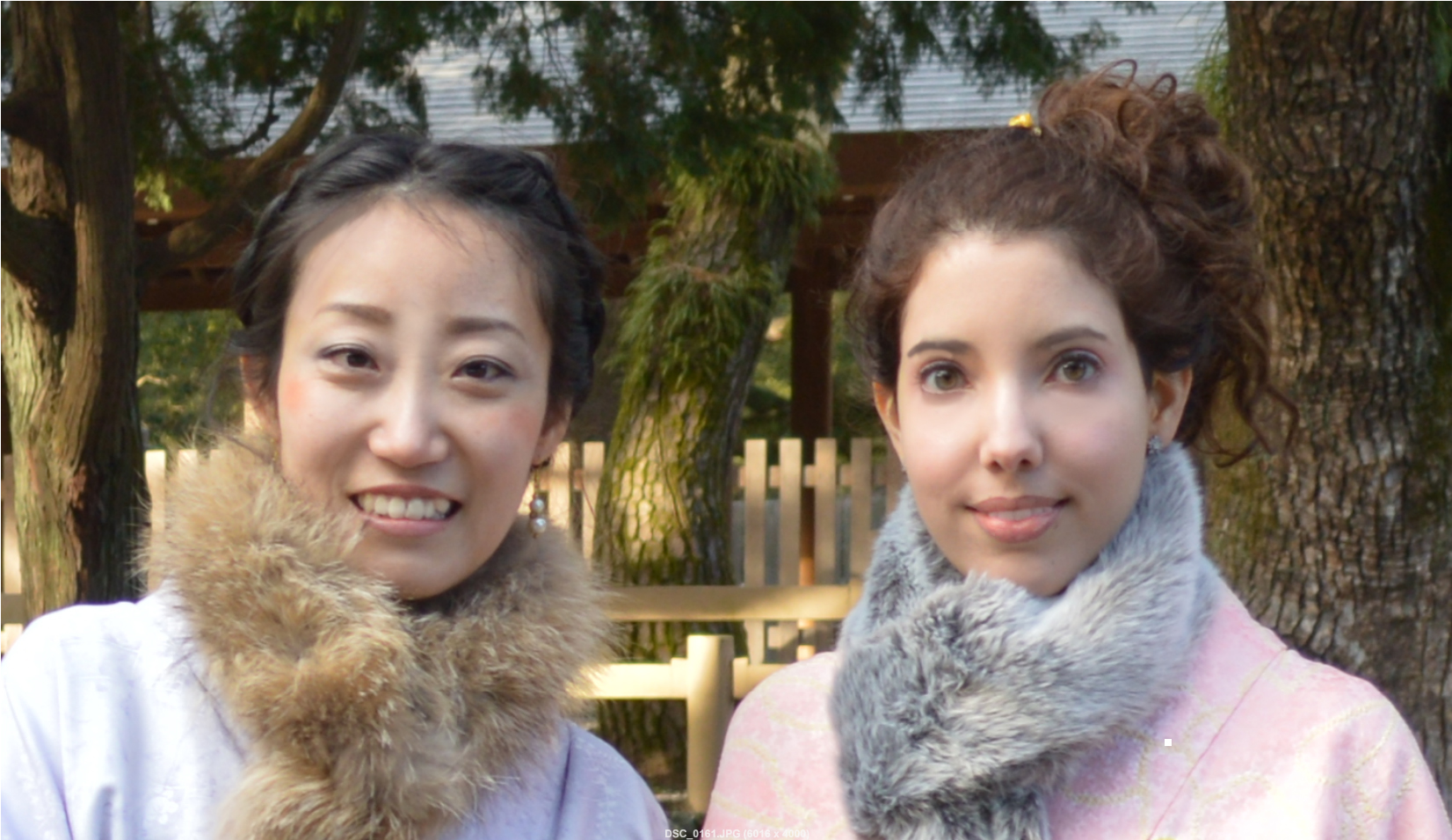

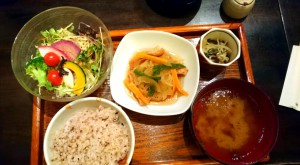
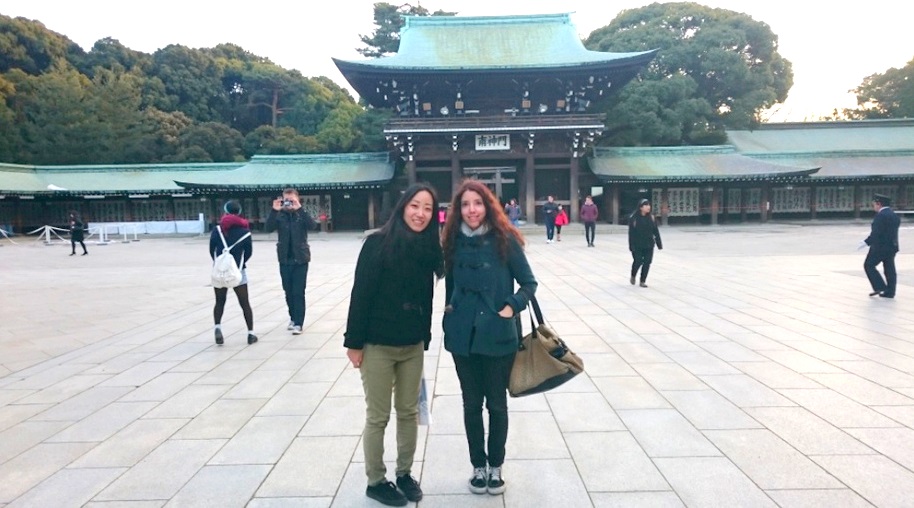



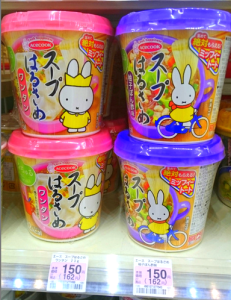
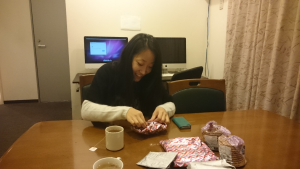








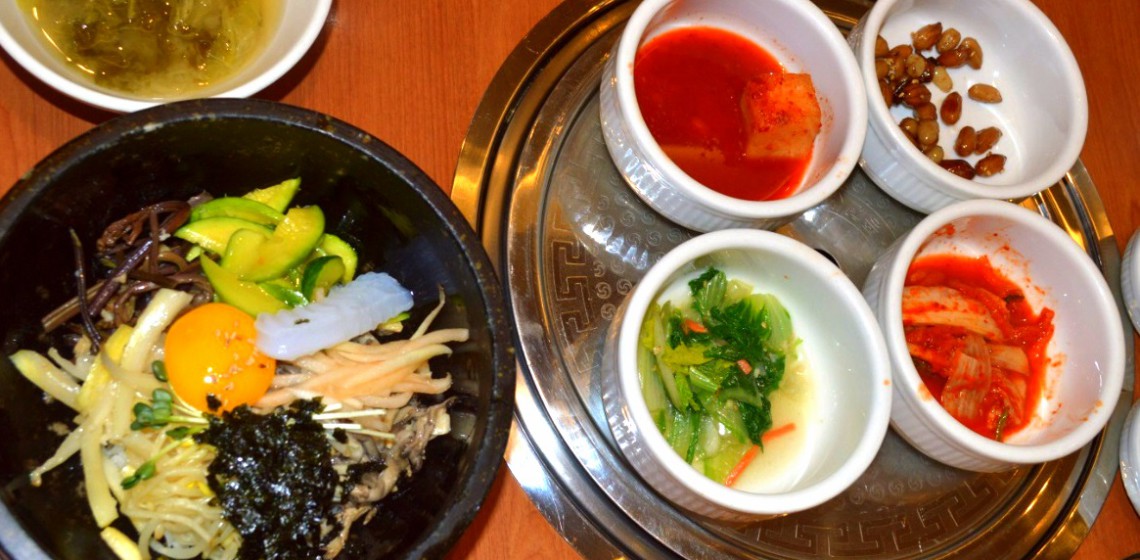
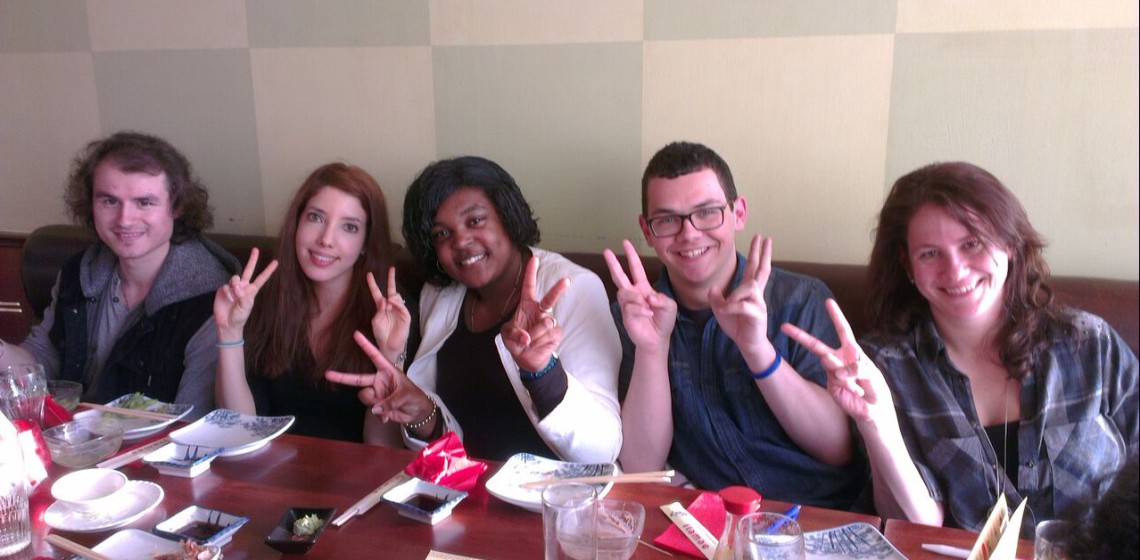
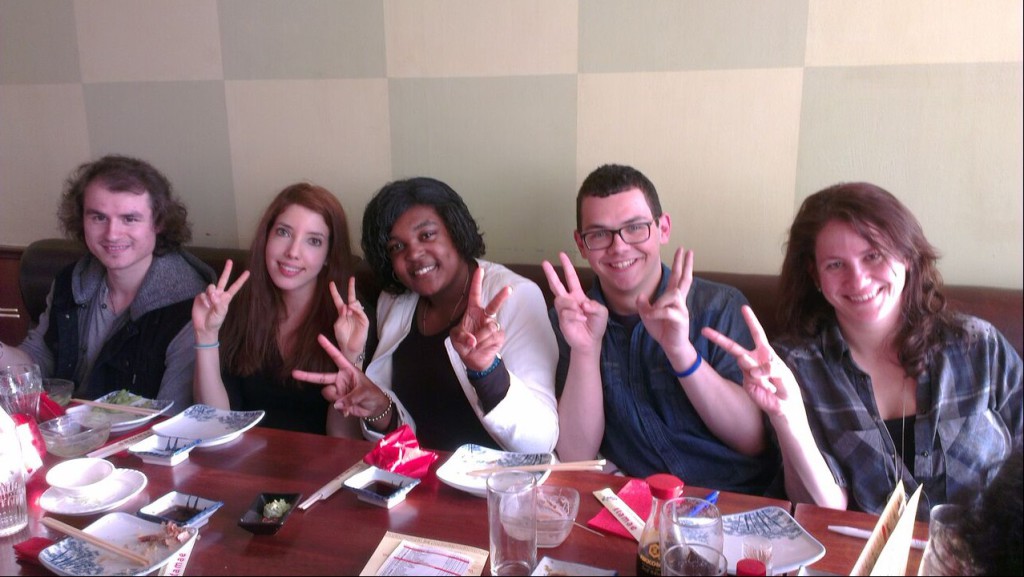
Recent Comments